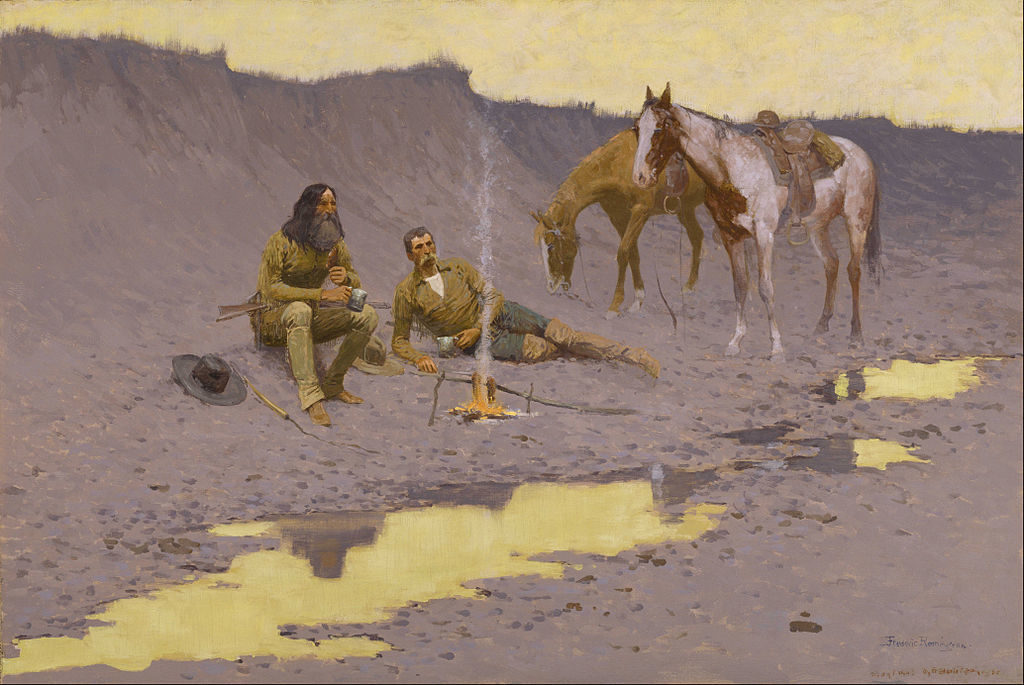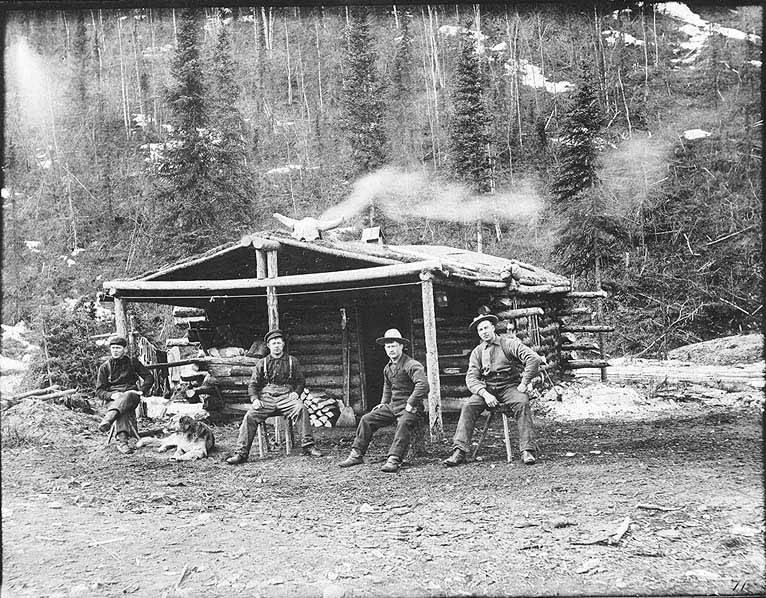
As many of us are busy stocking up with supplies that we think we’ll need if asked to shelter in place, I was interested to find an article titled “Hints to Sportsmen” that outlines supplies needed in an emergency circa 1913. This resource gave a short description of practical advice and also outlined what would be considered an appropriate amount of rations for two men for one year. I’ve transcribed the information below so that it can be viewed on a variety of devices at a comfortable text size. The article was written in a different time and as such uses the language of the day. If my calculations are correct $172.80 went a lot further in 1913 than it does in 2020. Hopefully you’ll find this as interesting as I did.
Read more






